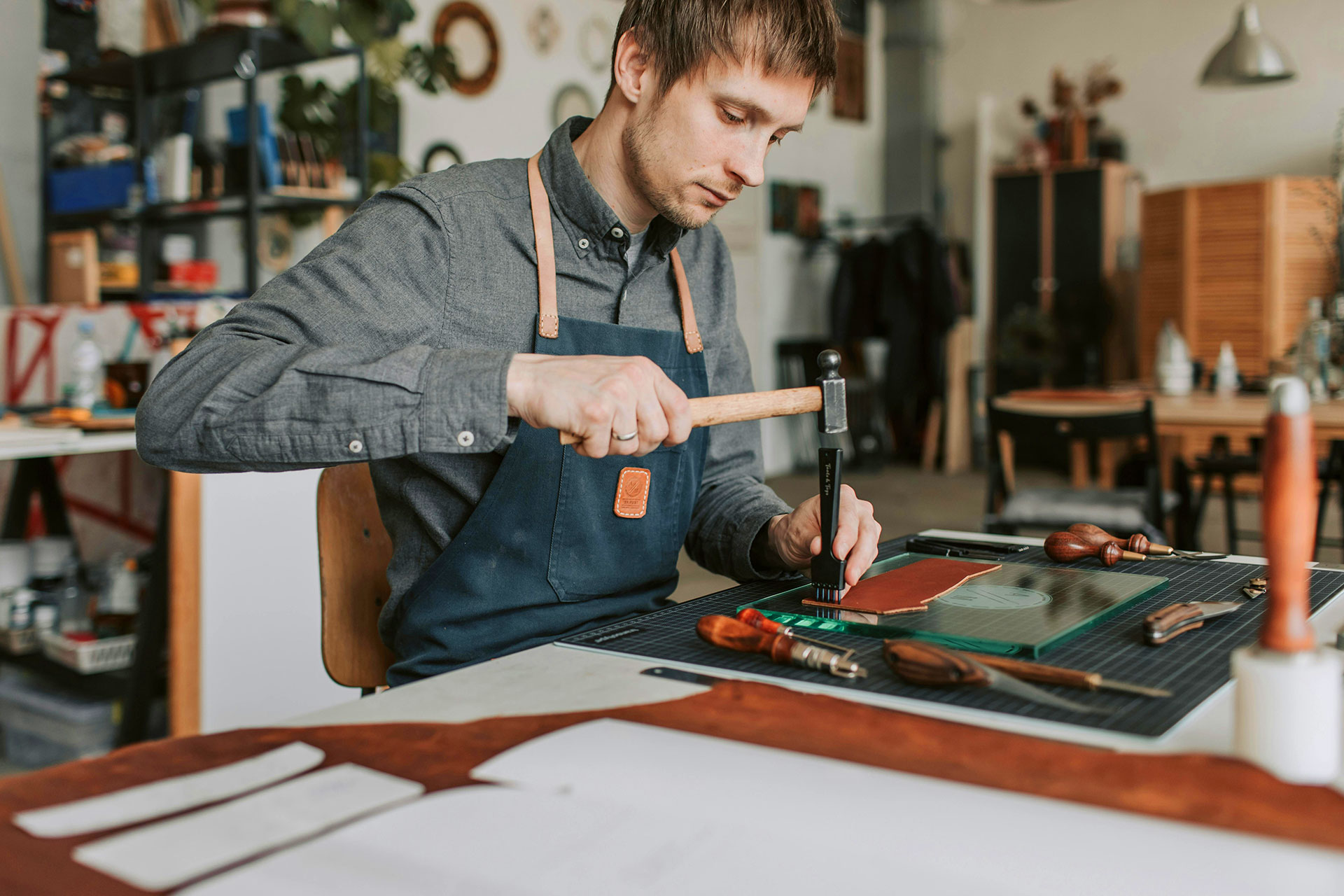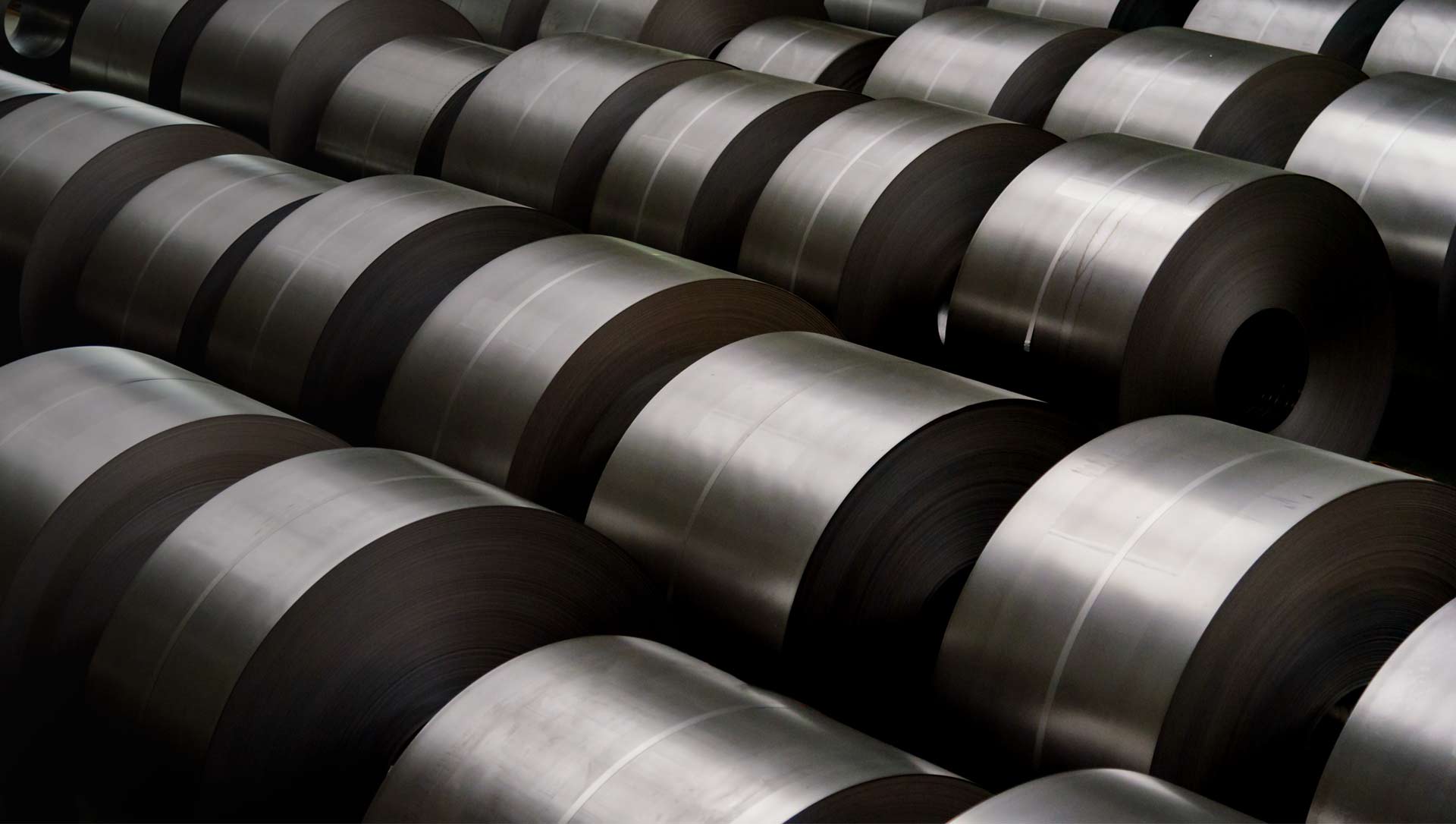
The Subtle Differences Between Tools That Last and Tools That Fail
There’s a moment when every craftsman realizes not all tools are created equal. Two hammers can look identical, two knives can gleam the same, but one will feel alive in your hand while the other starts falling apart before the job is done. The differences are subtle, almost invisible, yet they define the line between frustration and flow.
Built for a Lifetime, Not a Season
The tools that last don’t just survive, they improve with use. Their handles mold to your grip, their edges hold longer, and their balance never falters. They don’t fight you, they follow.
Cheap tools might shine on day one, but they fade fast. The metal softens, joints loosen, coatings chip. You don’t notice it at first, until precision starts slipping. Then every job takes a little longer, every cut feels a little rougher.
Durability isn’t about being heavy or overbuilt. It’s about being honest, crafted from materials meant to endure pressure, repetition, and time.
The Feel of True Balance
Pick up a quality tool, and you’ll know immediately. It sits in your hand naturally, almost like it belongs there. The weight is right, not too light, not too clunky. The movement is smooth, controlled, and confident.
Poorly made tools throw that balance off. They vibrate, twist, slip. You adjust unconsciously, wasting energy and precision.
Those tiny inefficiencies add up over the years. A well-balanced tool saves your body as much as it saves your work.
The Difference Is in the Details
The best tools hide their genius in the smallest touches, an edge that keeps its temper, a handle that resists fatigue, a finish that prevents corrosion.
Look closer at what makes a tool truly endure:
- Material quality: Hardened steel or high-carbon alloys that don’t bend under pressure.
- Crafted fit: No loose rivets, no sloppy joints, no rattles.
- Finish: Smooth enough for comfort, rough enough for grip.
- Precision build: Every measurement true, every motion clean.
These aren’t luxuries, they’re necessities for consistent, repeatable work.
Longevity Is an Investment
The craftsman’s rule is simple: buy once, use forever. The upfront cost fades with time, but the value compounds with every project.
A good tool becomes a companion, a reliable extension of your hand. A bad one becomes landfill. The tools that last don’t just build better work, they build trust.
And that’s something no bargain bin can match.





